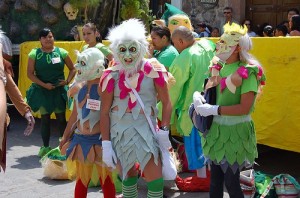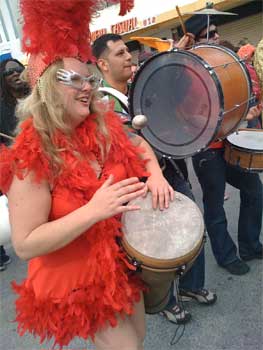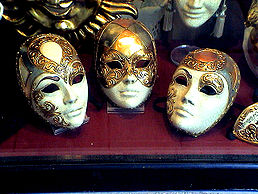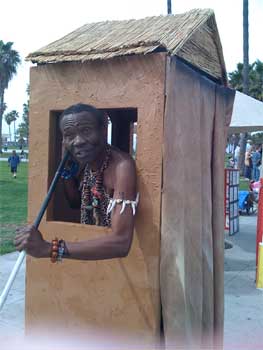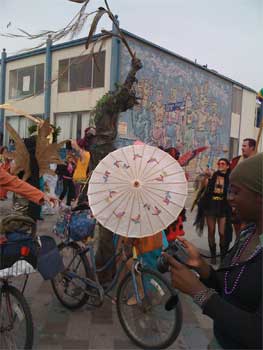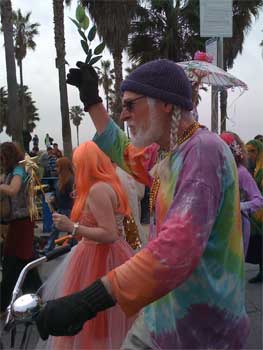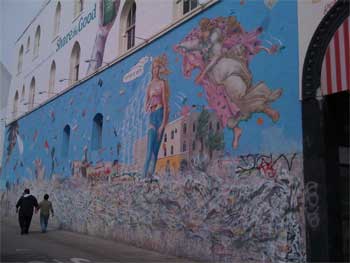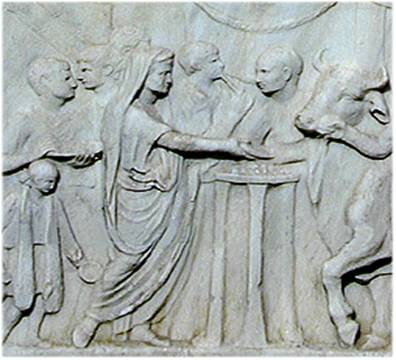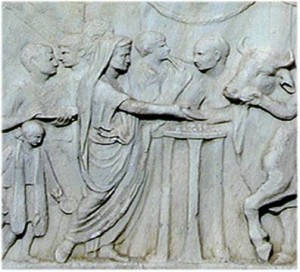June 13
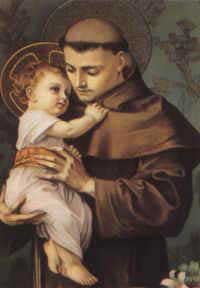
Cities and countries around the world celebrate St. Anthony’s Day, from Lisbon, Portugal to Wilmington, Delaware, not to mention cities in Brazil, Mexico, Italy, and even India!
The Brazilians get the jump on the celebrations by commemorating June 12, the day before his feast, as Día dos Namorados, or Day of the Lovers, a Brazilian Valentine’s Day, in honor of the matchmaker saint.
St. Anthony was born in Lisbon, Portugal in 1195, so understandably the Lisboans claim him as their own. Like the Brazilians, the celebration begins the night before…
“When the sun sets, the whole town goes out to honor the saint with alfresco dining, grilled sardines with salad of peppers, irrigated course, with much red wine, and dancing to the beat of popular music…” (Lisbon at its Best)
In the morning, special services are held in the church built over the spot where he was born, and vintage convertible cars carry throngs of “St. Anthony’s brides” down the Avenue Liberdade.
Women write prayers and wishes on paper and tuck them into specially baked “St. Anthony’s bread”, a tradition that dates back to 1263 when…
…a child drowned in the Brenta River near the Basilica of St. Anthony in Padua. The mother went to St. Anthony and promised that if her child were restored to life, she would give to the poor an amount of wheat equal to the weight of her child. Of course her son was saved, and her promise was kept.” (Sardine Heaven: Lisbon’s Feast of St. Anthony)
The award for the most unusual St. Anthony’s Festival goes to San Miguel de Allenda, Mexico. There laborers originally celebrated May 17 as San Pascual Bailon (St. Pascal Baylon) Day, in honor of the patron saint of field and kitchen workers.
“To keep the paraders and observers separated, some paraders were dressed as scarecrows and their characteristic movements were described as “loco,” i.e., crazy. Somewhere along the way, paraders dressed as clowns replaced the field and kitchen workers, though the music and the dances stayed the same.” (El Dia de los Locos)
The popularity of the San Pascual Bailon parade overshadowed that of the more established San Antonio (St. Anthony), and the two festivities merged. Now the festival is held the Sunday after June 13 and is known as El Día de los Locos, or Day of the Crazies.
